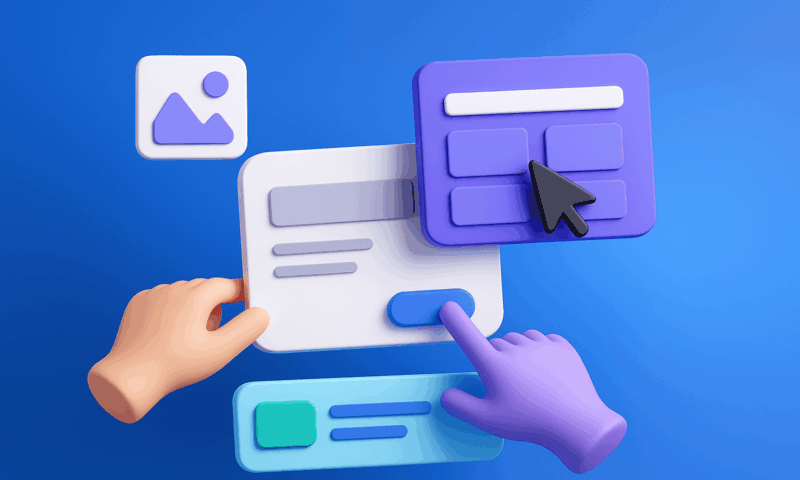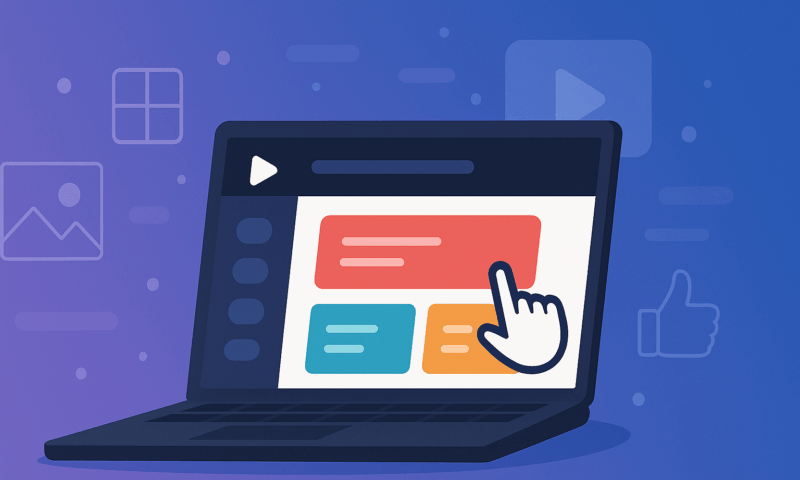
Why Theme Design Is the Hidden Engine Behind Website Monetization
In today’s digital marketplace, where countless websites compete for attention, design is far more than visual appeal – it’s the foundation of performance, credibility, and revenue. Your theme dictates how users experience your site, how easily they navigate, and whether they engage long enough to convert. Whether your business model depends on ads, subscriptions, affiliate links, or premium features, design determines how efficiently each revenue stream performs.
A well-crafted theme that blends visual clarity, intuitive navigation, and technical optimization can dramatically improve your site’s profitability. Conversely, an outdated or cluttered design can drive users away, weaken ad visibility, and harm your brand’s reputation. Below, we explore the key ways theme design influences monetization – and how to turn design into a growth driver.
1. Design Shapes User Experience and Retention
User experience (UX) is the backbone of monetization. A confusing layout or poorly structured interface frustrates visitors, making it harder to find what they need. Each unnecessary click or delay reduces your conversion chances.
A clean, structured, and visually balanced design keeps visitors engaged, encouraging longer sessions and repeat visits. This directly improves watch time, ad impressions, and SEO ranking.
Beyond usability, design builds emotional trust. A modern and professional interface gives users a sense of safety and reliability – increasing their willingness to subscribe, make a purchase, or bookmark your site. Small details such as consistent spacing, clear typography, and responsive alignment can significantly improve satisfaction and loyalty.
2. Smart Layout and Visual Hierarchy Boost Ad Revenue
Ad performance depends on where and how monetization elements are placed – banners, ad blocks, CTAs, and subscription prompts. A well-thought-out theme leverages visual hierarchy to naturally guide user attention while keeping monetization balanced with content.
When designed intelligently, ads feel integrated rather than intrusive. Poor placement, however, creates banner blindness- users subconsciously ignore your ads or leave due to visual clutter.
Effective layouts are data-driven. By testing different ad positions, contrasts, and visual flows, designers can optimize click-through rates and revenue per visitor – without sacrificing aesthetics or UX quality.
3. Site Speed Directly Impacts Conversions
Performance is often underestimated. Every extra second of page load time can cut conversions by up to 20%. Bloated or unoptimized themes slow your site, leading to user drop-offs before they even see the content.
A lightweight, performance-optimized theme – particularly one tailored for KVS platforms – reduces bounce rates, boosts SEO, and ensures that ads and content load simultaneously. These milliseconds of efficiency can translate into measurable revenue gains.
Modern design standards such as lazy loading, caching, and asynchronous script execution maintain functionality while speeding up performance. Visitors might not notice these technical choices, but your analytics will show the impact.
4. Branding, Design, and Trust – The Conversion Triangle
Design is storytelling. A cohesive color palette, consistent layout, and recognizable logo communicate credibility and stability. When users sense your brand is reliable, they’re more likely to convert.
Whether you’re selling memberships, digital goods, or ad inventory, visual consistency reduces hesitation and builds buyer confidence. Consistent design across your website, social media, and newsletters reinforces your identity – and transforms casual visitors into loyal customers.
Strong branding supported by clean design increases memorability, encourages return visits, and raises lifetime user value (LTV).
5. Responsive Design Expands Revenue Potential
More than 60% of online traffic now comes from mobile devices. If your theme isn’t responsive, you’re instantly losing half your audience – and potential revenue. Responsive design ensures every element, from buttons to banners, looks and functions perfectly on any screen size.
This doesn’t just improve engagement – it multiplies ad impressions and monetization opportunities across devices.
Optimized responsive layouts also enable mobile-specific revenue streams such as in-app ads, one-click payments, and push notifications. Each of these channels can significantly enhance profitability.
6. What We Offer
At KVS-Themes, we believe design and monetization are inseparable.
Our themes are engineered not only to look exceptional but also to deliver measurable business results. We analyze engagement metrics, behavior patterns, and conversion funnels to ensure every visual element serves a strategic purpose.
We also provide custom design enhancements tailored to your brand – from complete visual overhauls that build trust to layout refinements that improve ad performance. Every element, from typography to responsiveness, is tested for both aesthetic harmony and commercial impact.
Our deep experience with the KVS ecosystem enables us to deploy fast, secure, and scalable updates that elevate both user satisfaction and revenue outcomes.
Final Takeaway
Your website’s design is not merely an artistic choice – it’s a strategic investment.
A modern, conversion-optimized, and fully responsive theme builds trust, drives engagement, and increases profitability.
When design, technology, and business goals align, your site becomes more than a platform – it becomes a sustainable growth engine for your brand.


